Woodland Detectors
Gold Member
I was wondering if anyone could date this brass Flintlock side plate?
Dug in NC, it measures around 6 inches long. There is a marked "X" on the back
Thanks!
Dug in NC, it measures around 6 inches long. There is a marked "X" on the back
Thanks!
Attachments
-
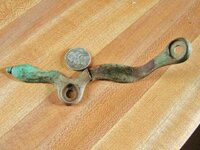 Feburay 11-20 2012-02-17 001.JPG77.1 KB · Views: 334
Feburay 11-20 2012-02-17 001.JPG77.1 KB · Views: 334 -
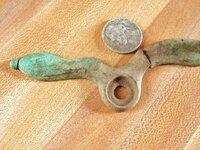 Feburay 11-20 2012-02-17 002.JPG80.2 KB · Views: 293
Feburay 11-20 2012-02-17 002.JPG80.2 KB · Views: 293 -
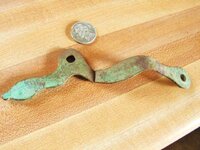 Feburay 11-20 2012-02-17 003.JPG76.3 KB · Views: 282
Feburay 11-20 2012-02-17 003.JPG76.3 KB · Views: 282 -
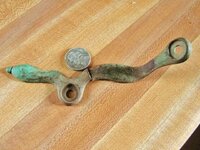 Feburay 11-20 2012-02-17 001.JPG77.1 KB · Views: 265
Feburay 11-20 2012-02-17 001.JPG77.1 KB · Views: 265 -
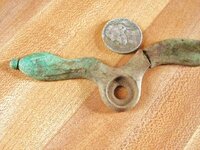 Feburay 11-20 2012-02-17 002.JPG80.2 KB · Views: 270
Feburay 11-20 2012-02-17 002.JPG80.2 KB · Views: 270 -
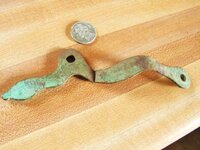 Feburay 11-20 2012-02-17 003.JPG76.3 KB · Views: 259
Feburay 11-20 2012-02-17 003.JPG76.3 KB · Views: 259 -
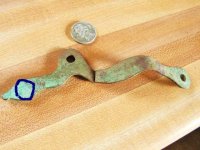 Feburay 11-20 2012-02-17 003.JPG69.8 KB · Views: 465
Feburay 11-20 2012-02-17 003.JPG69.8 KB · Views: 465




 Or you can call me Ray
Or you can call me Ray 

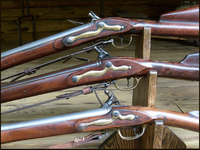


![MVC-011F(1)[1].jpg](/data/attachments/593/593532-4f12cf58c992c147388c667f08fd6343.jpg)


